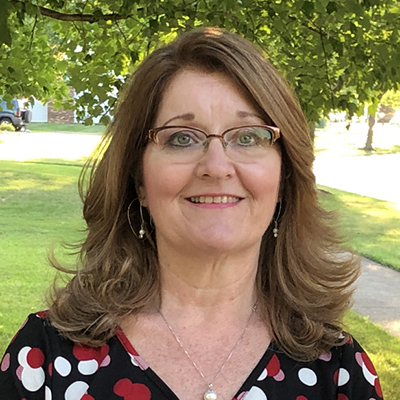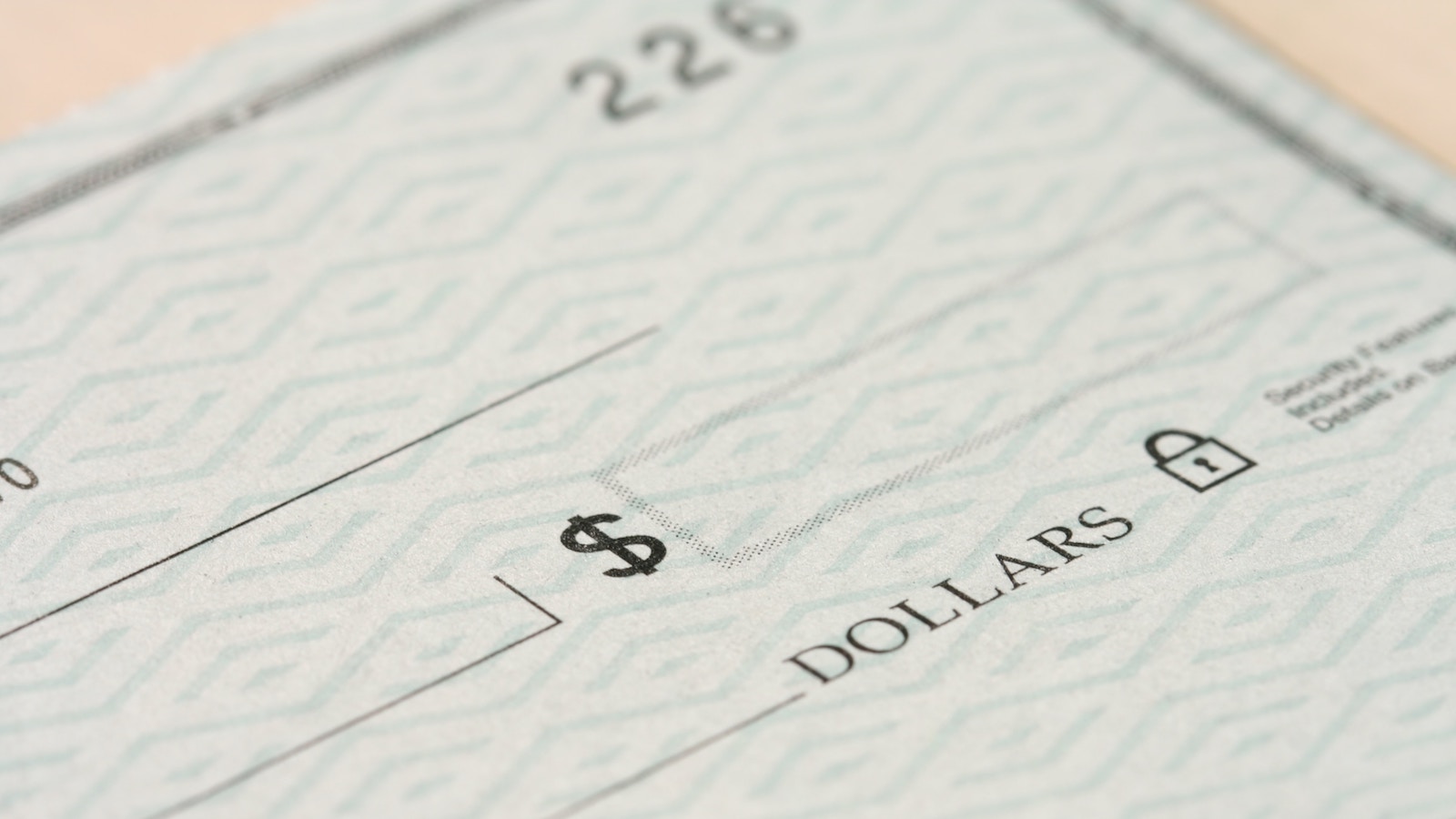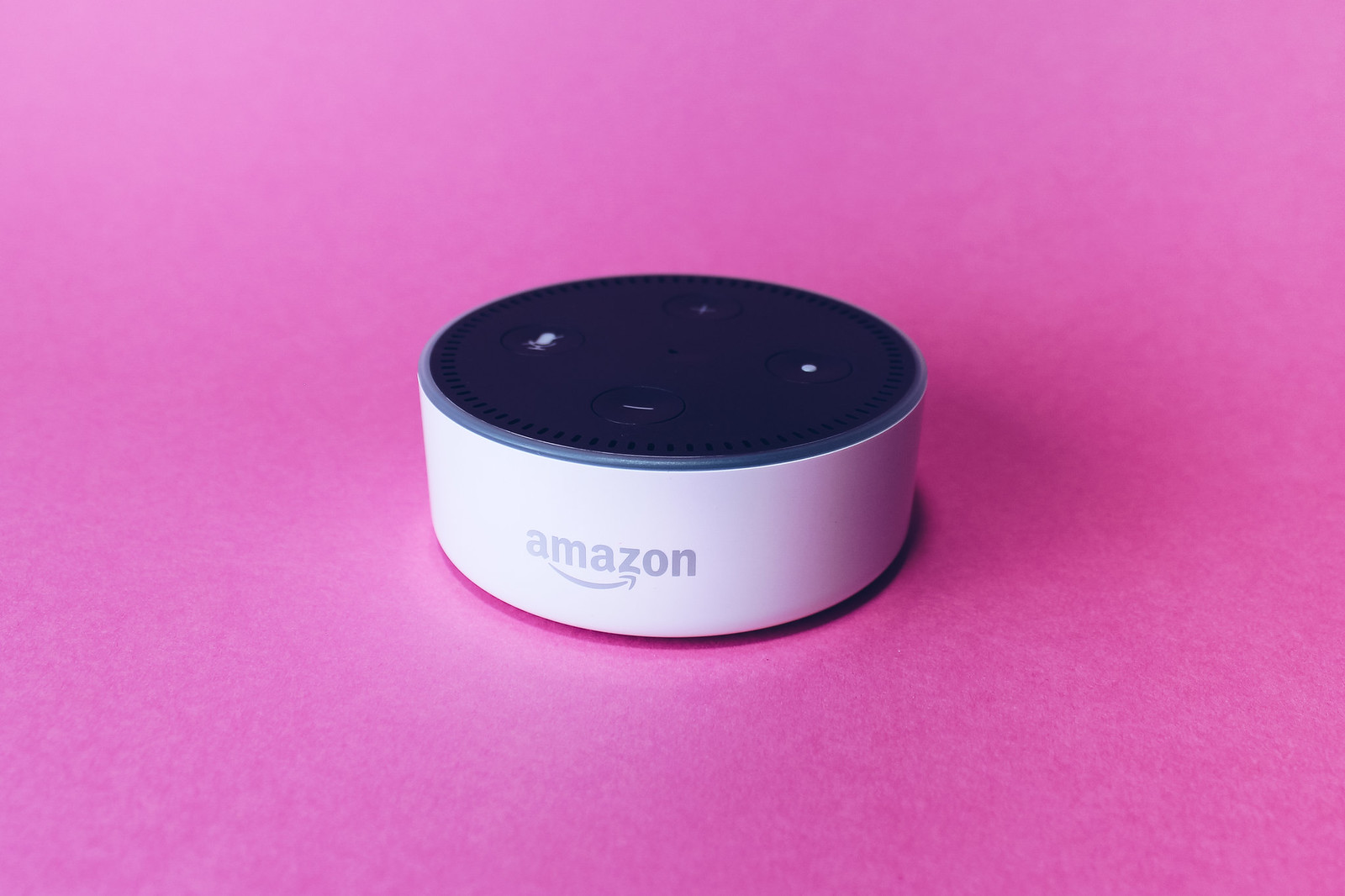
How a checking account works, step by step
Checking accounts are often free or low cost for students and young adults, but it's important to manage it responsibly. Savings accounts are another option for socking money away safely.

A checking account is an account at a bank or credit union. It is a safe place to hold your money that comes in and allows you to withdraw it, pay bills or otherwise spend it.
Accounts at banks and credit unions are insured by the Federal Deposit Insurance Corp. or the National Credit Union Administration. This means that if the bank or credit union goes out of business, your money in your account is protected up to $250,000 per account. (Some state-chartered credit unions are privately insured.) You don’t have to opt in to this insurance or pay for it; it’s automatic. This insurance, however, doesn’t protect you from fraud. (There are laws regarding that. We’ll come back to that.)
Money can be deposited through:
- Direct deposit (such as from an employer)
- Deposits in person, using cash or by check.
- Deposits at the ATM, using cash or a check.
- Mobile deposits of a check through the bank’s app, using your cellphone.
- Payments made to you through the Automated Clearing House (ACH). These might come from P2P payments made to you through PayPal, Venmo, Zelle, etc. or a refund on your debit card, for example.
- Transfers from your savings account or another account that’s yours.
- Wire transfers made to you (but these are rare).
** Mobile and in-person deposits generally don’t allow you access to all of the deposit the same day.
Money can come out of your account through:
- Paper checks you write, if you have these. (Paperless accounts don’t.)
- Checks or payments you ask your bank to make through its online bill payment service. You might use this service to pay your rent, a car payment, a credit card bill or your dentist. These payments are free and generally take one to seven days for the recipient to get the payment, depending whether it’s an electronic payment or a check that gets mailed by the bank.
- Purchases made with your debit card (but these cards can be dangerous), either with the actual card or by having it in your mobile wallet, such as Google Pay or Apple Pay. You know you have a debit card if the card connected to your checking account has a Mastercard or Visa logo.
- Withdrawals made using your ATM card, which doesn’t have to be a debit card, although the bank will almost surely issue you a combo ATM/debit card if you don’t indicate you want an ATM card only, which works only with your PIN.
- Withdrawals made in person through a bank teller.
- Person-to-person payments you’ve authorized through a service such as PayPal, Venmo, Zelle, CashApp, etc.
- Payments you’ve authorized by providing your banking routing number and account number. For example, many car owners opt to have their auto insurance deducted from their account automatically every month.
- Wire transfers you’ve authorized. These are usually for large amounts of money, such as a downpayment on a home. They’re rarely used.
- Fees your bank charges, either monthly maintenance fees or penalty fees, as might happen if you make a payment and don’t have enough money in your account.
How to qualify for a checking account:
Most checking accounts require a minimum opening deposit, usually $25 or $50. You don’t need to have a good credit score to qualify; you just need to have a good record with any other checking account you’ve had.
Most banks and credit unions offer checking accounts with no monthly maintenance fees for students and young adults, usually because they want to earn your loyalty for the long term. For older people, monthly fees (which are usually $5 to $10) can be avoided by having a specific minimum balance or a minimum number of direct deposits or a debit card purchases per month.
But no monthly maintenance fees doesn’t mean you can’t have any fees, such as if you overdraft your account or bounce a check. Banks charge overdraft fees if they choose to process a check or transaction, even if you don’t have enough money in your account and the payment causes you to have a negative balance. And they charge non-sufficient funds fees if they return a check or decline a payment because you don’t have enough money in the account. These penalty fees can be $25 or more per bounced transaction.
Avoiding fraud
You should protect your ATM card, your debit card, your account number, your log-in information, your checkbook and two-factor authentication code as if it’s thousands of dollars in cash in your pocket. Otherwise, all of your money could be in someone else’s pocket.
Fraud on your checking account is covered by some protections, but not a lot. If your account is hit with fraudulent charges, say through your debit card, you should get your money back. But if that fraud causes other transactions to bounce, there’s no guarantee you won’t be liable for the overdraft fees. The Electronic Fund Transfer Act (EFTA), often called Reg E, is a federal law that took effect in 1978 to cover, as it suggests, electronic transactions. It covers issues such as a fraudulent debit card transaction or a company erroneously debiting the wrong amount from your checking account, such as $300 instead of $30. Reg E doesn’t cover actual paper checks, wire transfers or prepaid gift or prepaid debit cards, which of course aren’t connected to your checking account.
You have to report problems with your debit card quickly, such as if you lost your card or noticed a suspicious transaction, or else you may not get your money back. That’s why it’s important to check on your account activity regularly: At a minimum, every week. Every day is better.
How a savings account works
A savings account is also an account at a bank or credit union, with the same insurance guarantees.
But savings accounts are meant for money you’re not planning to spend as part of your monthly expenses. You may be saving for a car or vacation or just for a rainy day. You deposit money into a savings account the same way as you do with a checking account.
Unlike most checking accounts, savings accounts pay interest on the money in the account. The more money you have in the account, the higher the interest rate it pays. The interest is expressed as an annual percentage yield.
Because savings accounts aren’t meant to be in-and-out accounts, many banks and credit unions limit the number of transactions you can make per month.
Topics
Authors
Teresa Murray
Consumer Watchdog, U.S. PIRG Education Fund
Teresa directs the Consumer Watchdog office, which looks out for consumers’ health, safety and financial security. Previously, she worked as a journalist covering consumer issues and personal finance for two decades for Ohio’s largest daily newspaper. She received dozens of state and national journalism awards, including Best Columnist in Ohio, a National Headliner Award for coverage of the 2008-09 financial crisis, and a journalism public service award for exposing improper billing practices by Verizon that affected 15 million customers nationwide. Teresa and her husband live in Greater Cleveland and have two sons. She enjoys biking, house projects and music, and serves on her church missions team and stewardship board.
Find Out More

Food for Thought 2024

Is Alexa always listening? How to protect your data from Amazon

Safe At Home in 2024?
